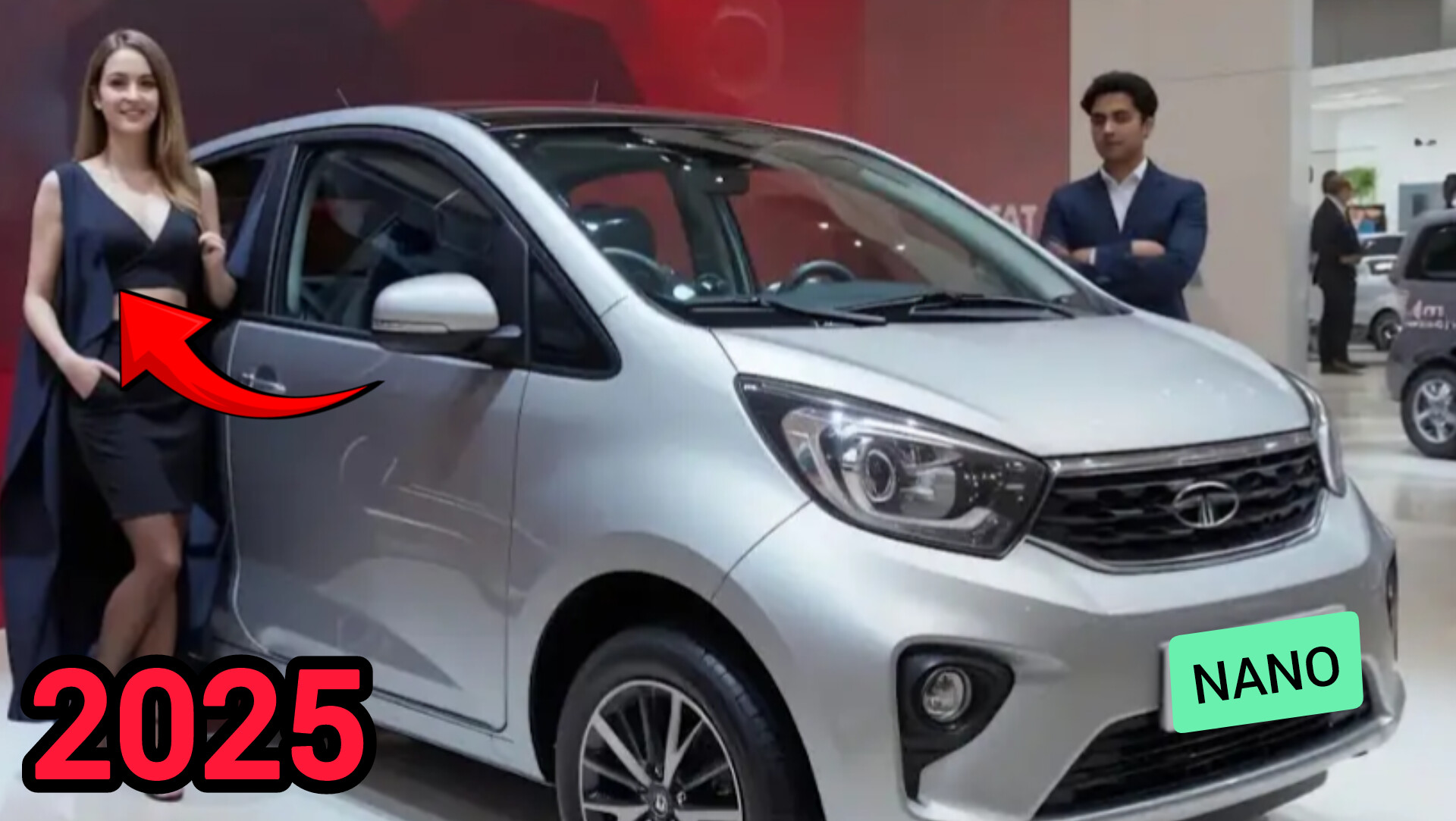As India accelerates toward sustainable transportation, Tata Motors is poised to redefine budget-friendly electric mobility with the revival of its iconic model—the Tata Nano EV 2025. Designed to blend affordability with modern aesthetics and eco-conscious technology, this compact electric car aims to transform urban commutes. Let’s dive into what makes the Nano EV 2025 a potential game-changer.
Sleek Design Meets Practicality
The Tata Nano EV 2025 sheds its predecessor’s minimalist image for a bold, contemporary design. Expect aerodynamic contours, striking LED headlights with daytime running lamps (DRLs), and sleek alloy wheels that enhance its urban appeal. Inside, the cabin combines functionality with premium touches, offering ergonomic seating, high-quality materials, and a clutter-free dashboard designed for comfort and convenience.
Performance and Range: Built for City Commutes
Powered by Tata’s advanced Ziptron EV technology, the Nano EV 2025 is rumored to house a 20–25 kWh lithium-ion battery, delivering an estimated range of 200–300 km per charge (under ideal conditions). While highway driving may affect efficiency, this range is ideal for daily urban use. Charging options include:
- Rapid Charging: Reach 80% in ~1 hour.
- Standard Charging: Full charge in 5–6 hours.
With a top speed capped at 80–100 km/h, the Nano EV prioritizes efficiency over performance, making it perfect for crowded city streets.
Tech-Savvy Interiors and Features
The Nano EV 2025 packs surprising tech upgrades for its segment:
- Smart Infotainment: A touchscreen system with Android Auto, Apple CarPlay, and voice commands.
- Digital Dashboard: A modern instrument cluster displaying battery status, range, and driving metrics.
- Convenience Add-Ons: Power windows, keyless entry, climate control, and ample legroom for its compact size.
Price: Competing with Two-Wheelers
Tata aims to disrupt the market with an ex-showroom price of ₹4–6 lakh, positioning the Nano EV as India’s most affordable electric car. Government subsidies like FAME II could further reduce costs, rivalling not just EVs like the MG Comet and Citroën eC3 but also high-end electric scooters.
Eco-Friendly Advantages
- Zero Emissions: Aligns with India’s green mobility goals.
- Low Running Costs: Electricity expenses are a fraction of petrol/diesel.
- Minimal Maintenance: Fewer moving parts than ICE vehicles reduce service needs.
Launch Timeline and Expectations
Slated for a mid- to late-2025 debut, the Nano EV will likely leverage Tata’s proven Ziptron platform, known for durability and thermal efficiency. The launch could coincide with expanding charging infrastructure, boosting buyer confidence.
Is the Tata Nano EV 2025 Worth the Wait?
Ideal For:
- First-time EV buyers seeking an entry-level model.
- Urban dwellers needing a compact, nimble car for short trips.
- Eco-conscious drivers prioritizing cost savings over long-range needs.
Considerations: The smaller battery may limit intercity travel, and faster charging networks are still evolving. However, as a city runabout, the Nano EV’s affordability and practicality shine.
Final Take
Tata Motors dominates India’s EV space with successes like the Nexon EV and Tiago EV. The Nano EV 2025 could democratize electric mobility, offering a compelling mix of style, features, and value. If Tata delivers on promises, this micro-EV might just spark an urban revolution.
Would you switch to the Nano EV for your daily commute? Let us know in the comments!
